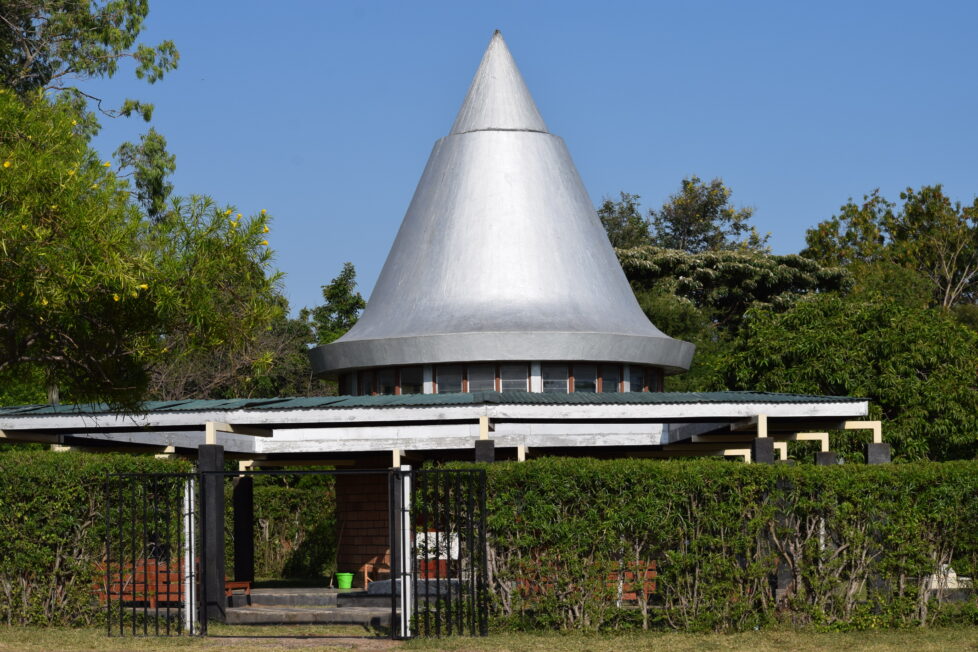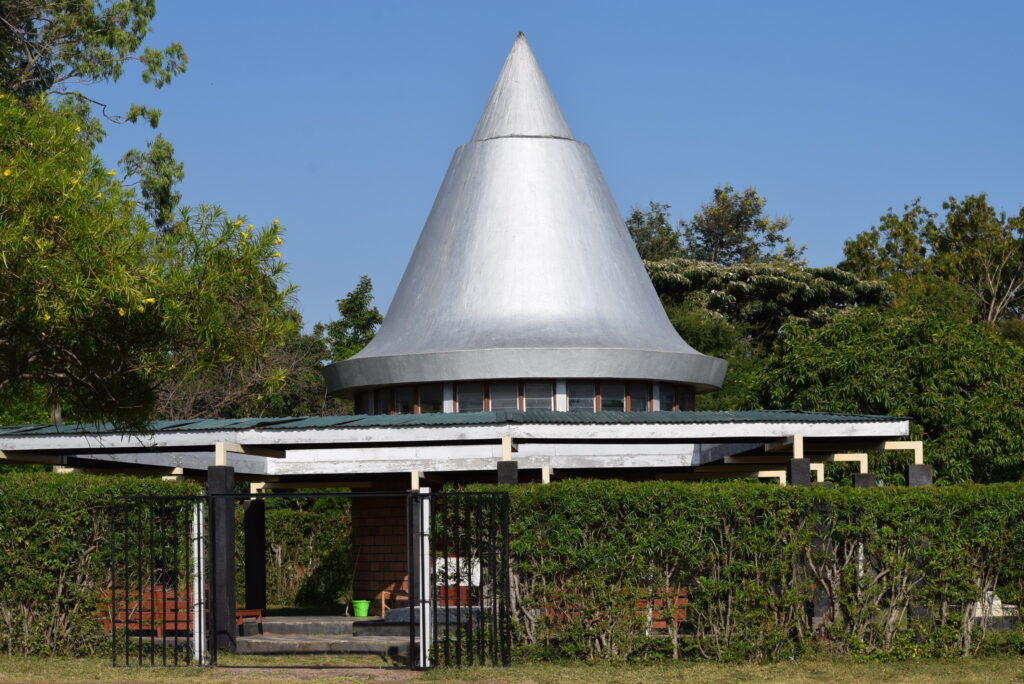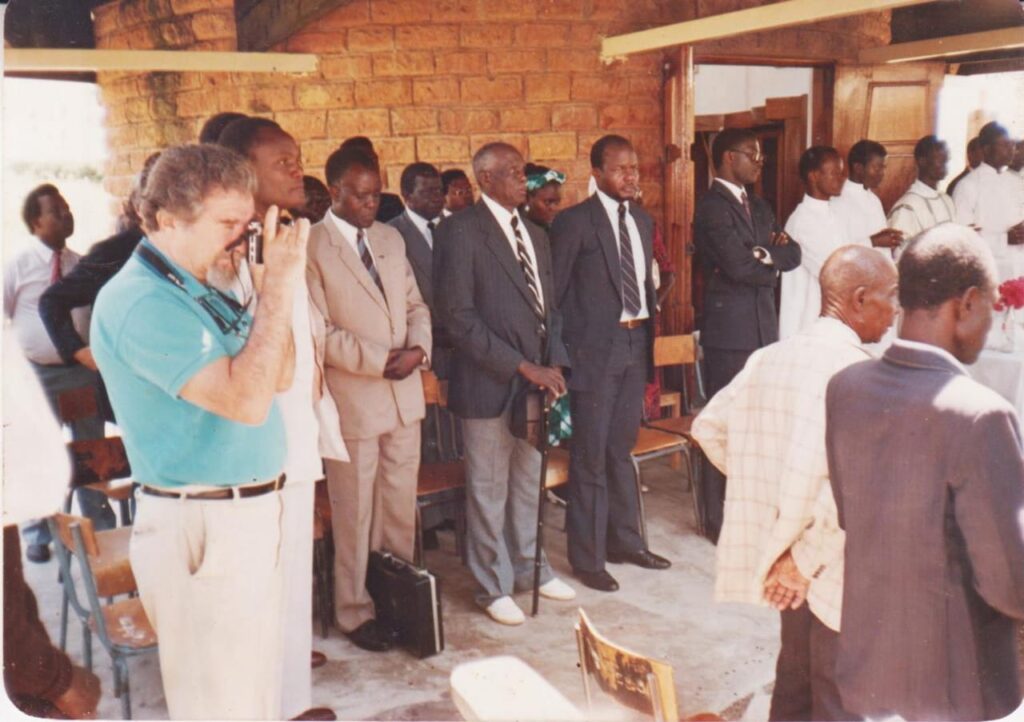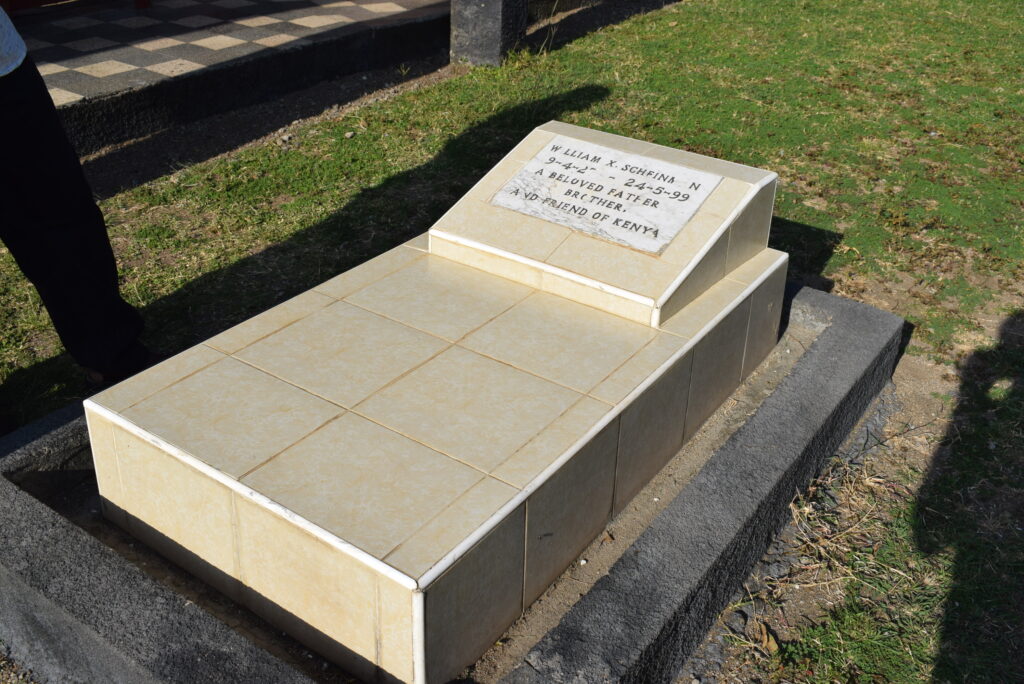Why an American Chose to Rest Beside Tom Mboya in Death
Tom Mboya died this day, 52 years ago. Today we celebrate his friend, William X Scheinman, an American philanthropist whose grave is decked inside Mboya’s mausoleum.

Tom Mboya died this day, 52 years ago. Today we celebrate his friend, William X Scheinman, an American philanthropist whose grave is decked inside Mboya’s mausoleum.

The story of Tom Mboya, Kenya’s most talked about Independence Hero is well known and told not only in Kenya, but across the globe because of his Pan-African stature and international recognition. Mboya’s friends influenced his thinking, and decisions yet their stories, commitment and sacrifice to the son of peasant farmers who rose to be one of the greatest Africans in post-independence Africa has not well been told, at least to local circles. This is the story of William X Scheinman, an American philanthropist whose grave is decked inside Mboya’s mausoleum because of their friendship that even death could not put asunder. This piece is intended to commemorate Mboya’s 52nd anniversary in July 5th. The fact that an exclusive photo of Mr William X Scheinman obtained from the Mboya family makes the piece interesting.
The life and times of Kenya’s Independence hero Tom Mboya has been told remarkably countless times because of his shrewd contribution to modern day Kenya. When I visited Mboya’s mausoleum in Lake Victoria’s Rusinga Island recently, I was not seeking the story of Mboya’s life anymore again, but that of a marbled decorated grave perched within the bullet shaped mausoleum.

The short, yet noticeable grave is written William X Scheinman. As Mboya’s distant brother Paul Ndiege who is the lead curator at the mausoleum narrates its existence, one tumbles into an amazing story of trust, friendship and philosophy that existed between Mboya and his friends in life and amazingly in death.
Devouring the story of commitment in Mboya’s friends evokes the often asked question of what is in a friendship? This question could look insignificant until you visit the mausoleum that assuages egos of relentlessly cool breeze of Lake Victoria all the time of its existence. William X Scheinman was an American who attained his wish to rest wherever Mboya was buried. He succumbed to kidney failure while aged 72 in 1999 having been an investor who dealt in aircraft parts and studied Wall Street merchants. An obituary in the New York Times said he was an “enthusiastic supporter of independence movements in Africa.”
Before his death, Scheinman religiously attended yearly memorials of his friend until he died. The curator also revealed to this writer that the late Scheinman, was one of Mboya’s friends who helped in building the mausoleum that was constructed two years later after the independence hero’s assassination.
An exclusive family album photograph of Scheinman obtained from the family album of the Mboyas taken in 1989 shows Scheinman and the other Tom Mboya family members attending the annual Tom Mboya memorial at the mausoleum before he died. A month after he died, his family transported his ashes to Rusinga and buried him next to Mboya. In the photograph, he is seen recording the event with a camera, standing in a green polo shirt.

Even after Mboya’s death, Scheinman remained connected to the family. In 1990, Mr Scheinman attended a wedding of one of Mboya’s daughters. “He loved the Mboya family with all his heart. He was like a family member because his friendship with Mboya was deep,” says Mr Ndiege.
The curator says Mboya’s assassination broke Scheinman’s heart to the core. He couldn’t understand why the brilliance of his friend, who had a curved niche as a Pan Africanist, could be shattered by a bullet in a country that needed him most. “It is said that he was lost of words when he got the report of Mboya killing. Before his death too, he kept wondering why such a brilliance could be nipped in the bud at a time he was needed most,” he notes.
Interestingly, Mr Scheinman’s friendship with Mboya has something to do with the Barack Obama presidency. This is because together with John F Kennedy and Luther King, Jr. they were the brains behind financial support for the airlifts that had some of its beneficiaries being Wangari Maathai, who later won the Nobel Peace Prize and Barack Hussein Obama Sr, father to the 44th president of the United States Barack Obama.
Scheinman, having travelled several times to Kenya and Tanzania established the African American Students Foundation. It is through this that he worked with Mboya to bring to the US, the famous student airlift from 1957.
Scheinman’s connection to the independence movements had seen him serve as a board member on the American Committee on Africa (ACOA), a non-profit organisation founded in the 1950s to support liberation in Africa against colonialism and apartheid. Stationed in New York, they also sent representatives to take part in the struggles in various African countries including Kenya, Zambia and in the Sahrawi Republic.
An article in the quarterly Journal of Africanist Opinion says the organisation also published journals to promote the liberation movements. But Scheinman, originally from Philadelphia met with Mr Mboya when the former minister made a trip to the US, meeting John F Kennedy, (a US House of Representatives member from Massachusetts who would later become president of the US) and Dr Martin Luther King Jr, a civil rights activist. Incidentally both Kennedy and King would be assassinated later.
Scheinman, besides his life of activism also had an eye on Wall Street merchants and launched various firms that earned revenues from analysing data on shares, later publishing a book on investment.
Despite Mboya’s massive contribution to Kenya’s nationhood, the mausoleum was gazetted as a national monument on March 9, 2001.Thirty-two years after his assassination, It is such selective neglect that justifies David Goldsworthy’s book, Tom Mboya: The Man Kenya Wanted to Forget. Yes, a man worth forgetting in a state of banditry that forgets its liberators so easily.
He became the youngest minister in post-independence Kenya at 27, serving initially as Labour Minister before dying while in Planning. Inside the structure, books and laminated newspaper cuttings illustrating Mr Mboya’s independence struggle are placed at the entrance while a black nameplate- a souvenir given to him by the Chinese Government, which Mboya placed on his desk when he was a minister-is also displayed beside several flags of the nations he visited and whose leaders paid him courtesy calls.

An inscription on Mboya’s beautiful marble grave reads: ”Go and fight like this man who fought for mankind’s cause, who died because he fought whose battles are still unwon.” Alphonce Okuku, brother to Mboya who became MP for Mbita and inherited (This is according to the Luo cultural customs) Mboya’s wife Pamela Mboya also has his grave next to the mausoleum.
